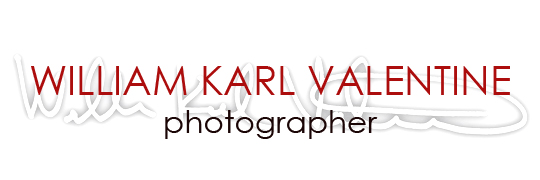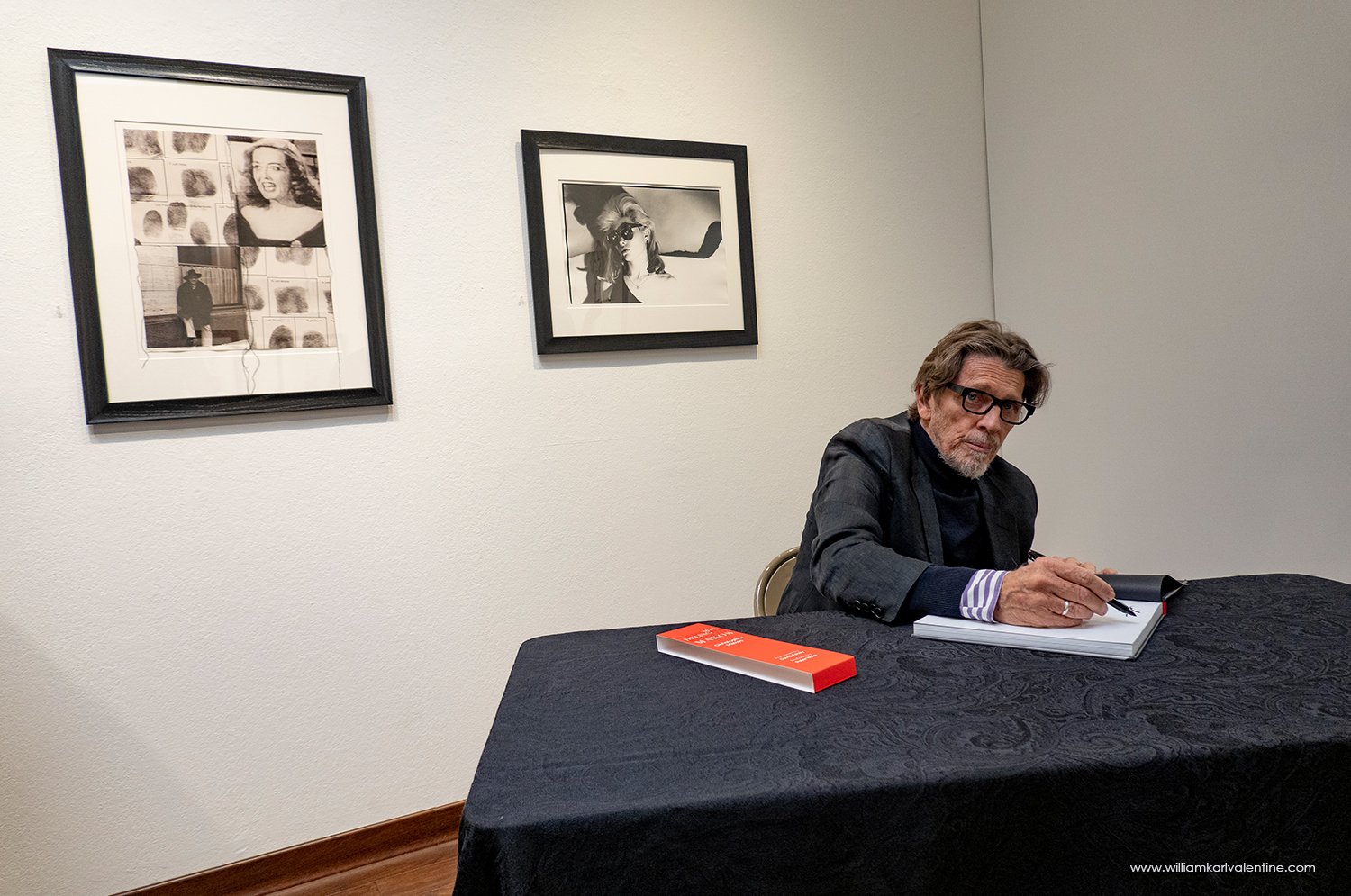Fahey/Klein has long been one of the West Coast’s most influential photography galleries. Founded in 1986 by David Fahey and Randee Klein Devlin their 3,800 sq ft gallery houses an incredible 8,000 print inventory and has consistently showcased a diverse group of photographers throughout the years.
I had not been inside Fahey/Klein since before the pandemic so when I was up at Gallery 825 in September, I made a point to stop by and see what was showing.
As it turns out I caught the last day of an exhibition of Steve Arnold’s “Theophanies”. The prints were exquisite and the exhibition well curated, but the subject matter did not interest me. Still, it is always a good experience to see diverse works to keep you own saw sharpened.
The gallery traffic was light because it was near the end of the day, and this gave me the opportunity to speak at length with Nicole Boyle who is an Archiving Intern at the gallery. Nicole took the time to go through their collection room with me to answer some of my questions and just chat some about photography. I always love meeting gallery staff like Nicole who are passionate about the medium. There are few things worse for me than visiting a gallery which isn’t busy and has disinterested staff. At the end of the chat Nicole told me about their upcoming Steven Makos exhibition and book signing the following Saturday and invited me to attend. So, this blog post is because Nicole was engaging and motivated me to come back up to buy a book and see the exhibition.
As a documentary photographer, and a fan of Andy Warhol, I really liked this exhibition – Christopher Makos “Fringe” which runs through this coming Saturday. A couple images I saw seemed familiar, but I saw many images for the first time. Makos was in Andy’s circle, so he had great access to an incredible period in the art world. The prints in the exhibition are very nice and some are editions of 1 which made this viewing even that much more special. If you are in Los Angeles now, and a Warhol fan, I strongly suggest you get over to La Brea before this show comes down.
I find the book, “Andy Modeling Portfolio”, to be rather interesting. The book is basically a collection of studio portraits of Andy Warhol. If Warhol wasn’t the subject, then this book would never have been made, seeing multiple portraits of the same individual usually ends up telling us more about the photographer and their “eye” than the individual being photographed. But Warhol knew he was a brand and was always conscious of that when he was interacting with the world. I have no doubt that Warhol played a big part in the majority of these poses because so many have his signature look. For sure Christopher was staging the images but Warhol probably often took it from there. So that makes the book interesting for me, especially after having seen the Warhol exhibition at the Whitney Museum on two separate occasions (one of the best art exhibitions I've ever seen). The printing quality of the book is perfect for the subject matter since this portfolio is like a collection of test prints and proof sheets. If it was a grand higher-end printing on a larger scale the book wouldn’t have worked as well, as it is I think they nailed it.
One thing I discovered with researching information for this post is how interesting David Fahey’s own portfolio of work is. David studied photography and was photographing well before he got into the gallery business. David was insightful enough early on to realize there would be value in photographing the photographers he worked with. I found his photographs online and they immediately remind me very much of photo historian Bill Jay’s photographs. I studied under Bill Jay at Arizona State University, and I even remember being in the darkroom with him once while he was printing some of those images. It then hit me what an awesome experience I had in the gallery that day while someone like David was photographing Christopher Makos. I also realized, and found it interesting, that David had also photographed Warhol.
The story of the photograph below:
I was one of the last people there to get a book signed so I had time to talk with Cristopher. I had already walked around and viewed the exhibition before getting in line to have him sign my bool plus I had read up some about the exhibition online before heading up there. I knew there was a print of Andy Warhol wearing a red clown’s nose that was a single edition vintage print and I really liked it. But I noticed there was an oddity (a small circular shape like something had blocked the exposure of the paper) in the lower right corner of the image so I asked Christopher about that, I wanted to know why that was there. He wasn’t sure what I was asking about so I suggested we all walk over to it, and I would point it out. Christopher agreed and three or four of us, including David, walked over to the print with him. He was surprised I had noticed the detail and said it had no meaning and hypothesized he had used something to hold the paper flat during printing, but it had moved up and covered that corner of the easel during the exposure. I took the opportunity to photograph Christopher as he was talking about the print and at the same time, I could hear David was behind me also photographing him. My photograph below is from that moment. At the time I knew I had captured a good image, but after learning more about David Fahey’s photography my image now has a deeper personal meaning.
Christopher with a single edition print of Andy
One last fantastic thing I discovered while authoring this post is that Fahey/Klein has been creating video interviews of their artists and their projects recently. These videos are an outstanding resource and I appreciate that David had the vision and resources to document these photographers and events.
Click her to see the Christopher Makos video.
Other interesting links about David Fahey:
Anthony Friedkin’s 2014 interview of David Fahey for Samy’s Camera












